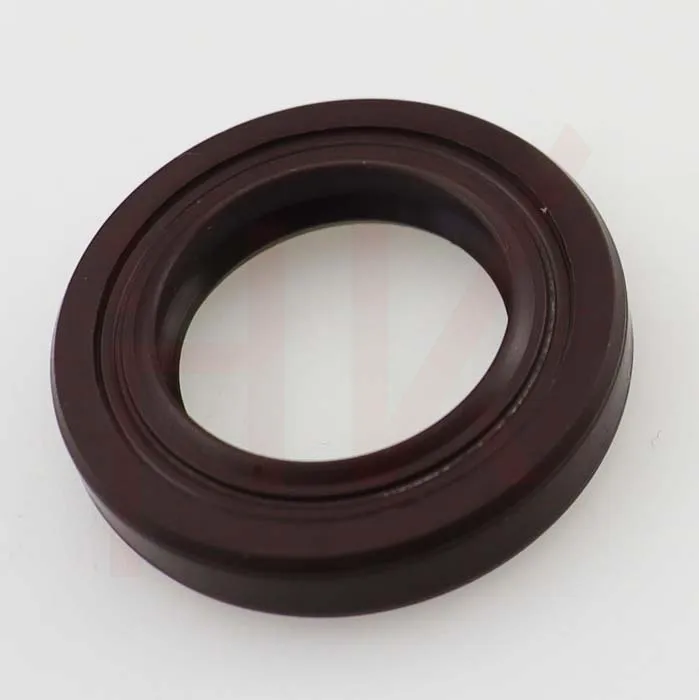Dec . 25, 2024 18:50 Back to list
High-Pressure Shaft Design and Applications in Modern Engineering Systems
Understanding High Pressure Shafts An Essential Component in Engineering
In the field of engineering, particularly within mechanical and aerospace engineering, the concept of high-pressure shafts is pivotal. These shafts serve as integral components in various industrial applications ranging from turbine engines to hydraulic systems. This article delves into the significance, design, and operational parameters of high-pressure shafts, offering insights into their functionality and the technological advancements surrounding them.
The Importance of High Pressure Shafts
High-pressure shafts are designed to transmit power and rotational motion in systems that operate under extreme pressure conditions. They are commonly found in applications that require the efficient transfer of energy, such as in turbochargers, gas turbines, and centrifugal pumps. Due to the high-stress environment in which they operate, these shafts are specifically engineered to withstand significant mechanical loads, promote reliability, and ensure safety.
One of the critical aspects of high-pressure shafts is their role in enhancing the overall efficiency of mechanical systems. For instance, in a gas turbine engine, the high-pressure shaft connects various components, allowing for the successful conversion of chemical energy into kinetic energy. This essential function ensures that engines operate at optimal performance while maintaining fuel efficiency.
Design Considerations
Designing a high-pressure shaft involves a meticulous process that combines advanced materials science, precision engineering, and computational modeling. Engineers must take into account several parameters, including material selection, dimensions, and surface treatment.
Material Selection The materials used for high-pressure shafts must possess exceptional strength-to-weight ratios. Common materials include high-strength alloys like titanium and steel, which offer robustness against fatigue and corrosion. Newer composites are also being evaluated for use in high-pressure environments, as they can provide significant weight savings and enhanced resistance to thermal effects.
Dimensions and Geometry The dimensions of a high-pressure shaft are critical. Engineers utilize sophisticated simulations to analyze stress distributions and ensure that the shaft can withstand the forces exerted on it during operation. The geometry of the shaft, such as its diameter and length, must also be optimized to reduce vibrations and enhance performance.
Surface Treatments Because high-pressure shafts are subject to wear and tear, surface treatments play a crucial role in extending their lifespan. Techniques such as hardening, coating, and polishing can enhance fatigue resistance, reduce friction, and prevent corrosion.
high pressure shaft

Operational Parameters
High-pressure shafts are subjected to a host of operational parameters that can affect their performance and reliability. These parameters include rotational speed, operating temperature, and pressure levels.
Rotational Speed The speed at which a high-pressure shaft operates directly impacts its performance. High speeds can lead to increased centrifugal forces and potentially catastrophic failures if the shaft is not designed to handle such conditions. Understanding the appropriate thresholds for rotational speed is essential in avoiding mechanical failures.
Operating Temperature High-pressure shafts operate in environments with varying temperatures. Elevated temperatures can reduce material strength and alter the physical properties of the shaft, necessitating careful temperature management. Effective cooling systems or materials with high thermal tolerance are critical in maintaining optimal performance.
Pressure Levels Constant exposure to high pressure requires precise engineering to prevent stress fractures or distortions. Continuous monitoring of pressure levels within the system is imperative to ensure the safety and longevity of high-pressure shafts.
Technological Advancements
The advancement of technology has significantly influenced the design and functionality of high-pressure shafts. Innovations in computer-aided design (CAD) and finite element analysis (FEA) enable engineers to simulate and optimize shaft designs before production. Additionally, the development of additive manufacturing techniques is allowing for the creation of complex geometries that were previously impossible with traditional machining techniques.
Moreover, ongoing research into advanced materials, including carbon fiber composites and metal matrix composites, holds promise for the future of high-pressure shafts, offering potential improvements in strength, weight, and thermal resistance.
Conclusion
In summary, high-pressure shafts are vital components in a variety of engineering applications. Their capacity to withstand rigorous operational demands while facilitating efficient energy transfer underscores their importance. As technology continues to evolve, so too will the design and material choices for high-pressure shafts, ensuring that they remain at the forefront of engineering innovation. Understanding their functionality, design considerations, and operational parameters is essential for engineers striving to develop more efficient and reliable systems.
-
TCN Oil Seal Metal Ring Reinforcement for Heavy Machinery
NewsJul.25,2025
-
Rotary Lip Seal Spring-Loaded Design for High-Speed Applications
NewsJul.25,2025
-
Hydraulic Cylinder Seals Polyurethane Material for High-Impact Jobs
NewsJul.25,2025
-
High Pressure Oil Seal Polyurethane Coating Wear Resistance
NewsJul.25,2025
-
Dust Proof Seal Double Lip Design for Construction Equipment
NewsJul.25,2025
-
Hub Seal Polyurethane Wear Resistance in Agricultural Vehicles
NewsJul.25,2025
-
The Trans-formative Journey of Wheel Hub Oil Seals
NewsJun.06,2025
Products categories
















